Addressing Move Update Compliance
Home / Addressing Move Update Compliance
With this New Year and new decade comes a new opportunity to explore software-enabled growth in mailing. Recently, the Postmaster General announced that there will be no rate increases for market dominant USPS products in 2010. That is great news for the mailing industry. However, in order for the USPS to meet their financial goals this year, the industry can expect more aggressive cost cutting and revenue assurance measures at mail acceptance.
One area of recent revenue assurance that is likely a wake-up call for mailers is the enforcement of Move Update compliance. Since January 4, 2010, Business Mail Entry Units have been tasked with confirming that an approved Move Update method was applied to addresses used in any discounted First-Class or Standard Mail jobs at least 95 days prior to the mailing acceptance date. Postage statements now have special sections for mailers to denote the approved method applied; these new sections must be completed prior to acceptance.
The USPS will be checking compliance using NCOALink data at their National Customer Support Center (NCSC). Samples from mailings that are found with six or more non-compliant addresses and an overall failure of 30 percent or higher within the sample set will have a prorated per-piece assessment of 7 cents applied to the entire mailing. The prorated amount is based on the failure percentage minus the 30 percent minimum tolerance. For example, a 100,000-piece mailing that has a failure rate of 40 percent would receive a 10% (=40% – 30%) assessment of 7 cents applied, which would yield an additional $700 in postage at acceptance.
Similar to other acceptance-related issues – barcode readability, for instance – in these cases of non-compliance the mailer is allowed to take back and rework the mailing; or, if they believe the acceptance process has yielded an incorrect result, they may file an appeal. (Note that mailers wishing to appeal the ruling must obtain copies of the mailpieces from the sample that were deemed non-compliant.) Appeals are made to the Pricing and Classification Service Center (PCSC).
There are situations where alternate address format is used (e.g., “or current resident” or “Postal Customer”), but not caught during the performance-based verification process. In these circumstances the BMEU manager may override the Move Update verification process, so it is prudent for mailers using these types of addresses to ensure they have been correctly recognized as exempt from Move Update.
While Move Update compliance is a serious concern for mailers, so too should be the value of general address quality. Addresses that are kept complete, correct, and current are the best way to ensure timely and predictable mail delivery. The $700 hypothetical assessment mentioned above could be avoided if a modest investment is made prior to the mailing, but that same investment has been proven time and again to pay big dividends in mailing effectiveness: A true “win-win” scenario. Access to NCOALink data is now more widely available than ever before, and often right within the very software that is used to prepare the mailings.
Address quality services, such as keeping addresses current with NCOALink and other approved Move Update methods, are an excellent way for mailers to grow their businesses.
In my next article, we will explore how opportunities in commingling dissimilar mail pieces and even different classes of mail together can yield improved postage discounts and destination entry opportunities.

